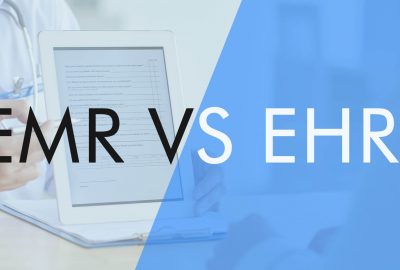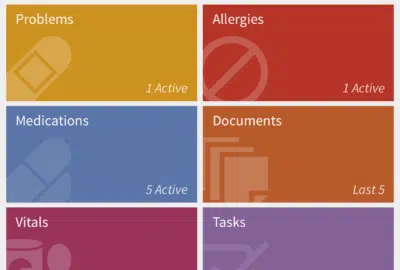MIPS and APMs: Which Path Will You Choose?
Starting in 2019 the Centers for Medicare and Medicaid Services (CMS) will begin with its new reimbursement system and as with current programs, there will be both bonuses and penalties under the Quality Payment Program. This new system rewards provider for delivering high quality and cost effective care. The system will replace the Physician Quality Reporting System (PQRS),
EHRs in the Cloud
EHR in the cloud, unlike a local server or personal computer, cloud computing uses remotely hosted third-party servers to store data in large data centers. The data is then shared with other devices and consumed by customers on-demand over the internet much like electricity is shared over a grid. As a quick example, imagine the time,
Population Health Management Tools Make All the Difference
Population Health represents a change in the focus from the individual-level, characteristic of most mainstream medicine. With Population Health, doctors strive to care for not only the patients in front of them, in their offices – but also to those patients that have not been in the office lately to make sure they are getting the care they need and preventing many chronic conditions.
2016 EHR Trends Include Mobile Access
EHR Trends Include Mobile Access by Physicians and Patients
A well-known research firm, Black Book forecasts the healthcare cloud market in the U.S. and Europe to grow nearly 24 percent by 2020. By living in the cloud, EHR records are accessible by physicians and patients alike. And making the accessibility even more convenient is the ability to reach the data records via mobile devices such as smartphones and tablets.
Interoperability Standards from Fast Healthcare Interoperability Resources
While no one technology or protocol will be able to unify the nation’s electronic medical records and provide true interoperability, Fast Healthcare Interoperability Resources (FHIR) is aiming to provide a reliable pathway into data about patient populations and allow that information to be readily available and serve as a base set of resources that,
Security Measures for Medical Devices and Medical Information Are Number One Concern
Security Measures Medical Practice
It is the job of many to be concerned with the security of medical information that is passed back and forth between institutions and is saved in programs and on servers around the globe. It is also becoming increasingly important that the security of internet connected medical machines such as x-ray machines,
NY State EPCS goes electronic controlled substances
NY State EPCS goes electronic controlled substances
Electronic prescribing of controlled substances (EPCS) improves patient safety and care. It plays an important part in helping to fight America’s opioid abuse epidemic by eliminating the exposure of a practitioner’s signature and DEA number. 21 million original prescriptions for opioids were written, not including refills,
ONC Releases 2016 Interoperability Standards
Interoperability refers to systems that allow providers to share data among different practitioners, insurers, billing/scheduling systems and health information exchanges improving quality of patient care, improving efficiency of reporting and data filing, and making life saving information more readily available.
The Office of the National Coordinator for Health Information Technology (ONC) recently released its 80-page 2016 Interoperability Standards Advisory.
EHRs Move to the Cloud
Cloud computing basically refers to a process of sharing resources to optimize performance. Practically speaking, that means using a network of computers to store and process information, rather than a single machine. Cloud based systems offer attractive benefits to many practices, especially those with less operating budget.
One major benefit to cloud based Electronic health records (EHR) is that they are cost-effective –


